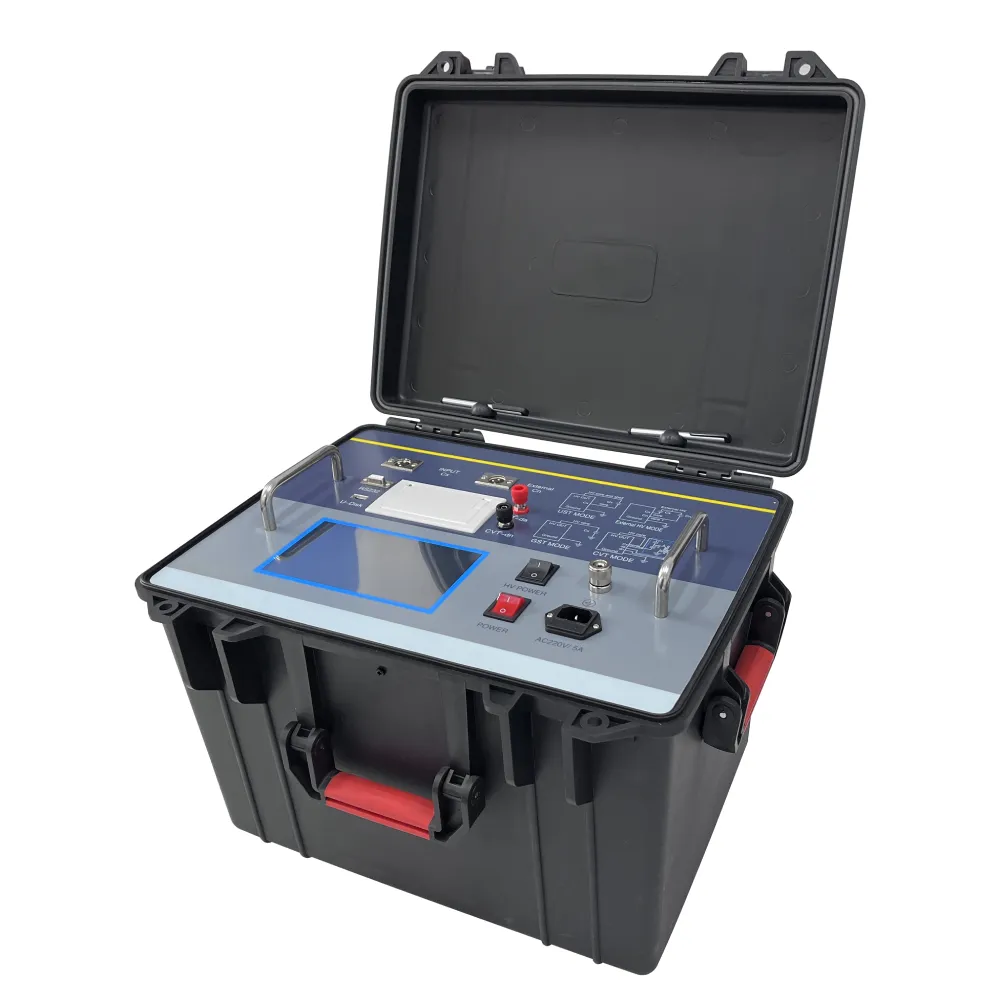 English
English



-
 Afrikaans
Afrikaans -
 Albanian
Albanian -
 Amharic
Amharic -
 Arabic
Arabic -
 Armenian
Armenian -
 Azerbaijani
Azerbaijani -
 Basque
Basque -
 Belarusian
Belarusian -
 Bengali
Bengali -
 Bosnian
Bosnian -
 Bulgarian
Bulgarian -
 Catalan
Catalan -
 Cebuano
Cebuano -
 China
China -
 China (Taiwan)
China (Taiwan) -
 Corsican
Corsican -
 Croatian
Croatian -
 Czech
Czech -
 Danish
Danish -
 Dutch
Dutch -
 English
English -
 Esperanto
Esperanto -
 Estonian
Estonian -
 Finnish
Finnish -
 French
French -
 Frisian
Frisian -
 Galician
Galician -
 Georgian
Georgian -
 German
German -
 Greek
Greek -
 Gujarati
Gujarati -
 Haitian Creole
Haitian Creole -
 hausa
hausa -
 hawaiian
hawaiian -
 Hebrew
Hebrew -
 Hindi
Hindi -
 Miao
Miao -
 Hungarian
Hungarian -
 Icelandic
Icelandic -
 igbo
igbo -
 Indonesian
Indonesian -
 irish
irish -
 Italian
Italian -
 Japanese
Japanese -
 Javanese
Javanese -
 Kannada
Kannada -
 kazakh
kazakh -
 Khmer
Khmer -
 Rwandese
Rwandese -
 Korean
Korean -
 Kurdish
Kurdish -
 Kyrgyz
Kyrgyz -
 Lao
Lao -
 Latin
Latin -
 Latvian
Latvian -
 Lithuanian
Lithuanian -
 Luxembourgish
Luxembourgish -
 Macedonian
Macedonian -
 Malgashi
Malgashi -
 Malay
Malay -
 Malayalam
Malayalam -
 Maltese
Maltese -
 Maori
Maori -
 Marathi
Marathi -
 Mongolian
Mongolian -
 Myanmar
Myanmar -
 Nepali
Nepali -
 Norwegian
Norwegian -
 Norwegian
Norwegian -
 Occitan
Occitan -
 Pashto
Pashto -
 Persian
Persian -
 Polish
Polish -
 Portuguese
Portuguese -
 Punjabi
Punjabi -
 Romanian
Romanian -
 Russian
Russian -
 Samoan
Samoan -
 Scottish Gaelic
Scottish Gaelic -
 Serbian
Serbian -
 Sesotho
Sesotho -
 Shona
Shona -
 Sindhi
Sindhi -
 Sinhala
Sinhala -
 Slovak
Slovak -
 Slovenian
Slovenian -
 Somali
Somali -
 Spanish
Spanish -
 Sundanese
Sundanese -
 Swahili
Swahili -
 Swedish
Swedish -
 Tagalog
Tagalog -
 Tajik
Tajik -
 Tamil
Tamil -
 Tatar
Tatar -
 Telugu
Telugu -
 Thai
Thai -
 Turkish
Turkish -
 Turkmen
Turkmen -
 Ukrainian
Ukrainian -
 Urdu
Urdu -
 Uighur
Uighur -
 Uzbek
Uzbek -
 Vietnamese
Vietnamese -
 Welsh
Welsh -
 Bantu
Bantu -
 Yiddish
Yiddish -
 Yoruba
Yoruba -
 Zulu
Zulu
insulation resistance to earth
Understanding Insulation Resistance to Earth
Insulation resistance to earth is a critical parameter in electrical engineering, particularly in the context of electrical safety and equipment performance. It refers to the resistance offered by the insulation materials of electrical systems against leakage currents flowing to the earth. High insulation resistance indicates that the insulation is effective, minimizing the risk of electrical shock and equipment failure.
One of the primary reasons for measuring insulation resistance to earth is to ensure the safety of electrical installations. In commercial and industrial settings, equipment and machinery often operate at high voltages. Any deterioration in insulation can lead to dangerous leakages, which can pose serious risks to personnel and equipment. Regularly conducting insulation resistance tests helps identify potential problems before they escalate into safety hazards.
The insulation resistance measurement is typically expressed in ohms and is determined using an insulation resistance tester or megohmmeter. The testing process involves applying a high voltage (usually around 500 volts or higher, depending on the application) to the insulation while measuring the resistance between the conductor and earth. A resistance value of 1 megohm or higher is generally considered acceptable for most applications, although certain high-voltage installations may require even higher resistance.
insulation resistance to earth

Environmental conditions can significantly impact insulation resistance. Factors such as humidity, temperature, and pollution can degrade insulation materials over time. Therefore, testing should be performed under controlled conditions, and readings should be compared with baseline data collected during previous tests. Any significant drop in insulation resistance could indicate a need for maintenance or replacement of insulation materials.
Moreover, insulation resistance to earth plays a vital role in the overall efficacy of grounding systems. An effective grounding system not only protects electrical equipment but also ensures that in the event of a fault condition, the fault current is safely directed to the ground, preventing electric shocks to personnel.
In summary, monitoring insulation resistance to earth is an essential practice for maintaining electrical safety and system reliability. Regular testing can help identify potential issues early, ensuring that electrical installations remain safe for users while optimizing the performance of electrical equipment. Emphasizing this aspect of electrical maintenance not only adheres to safety regulations but also contributes to the longevity and efficiency of electrical systems in various applications.
-
Exploring the Main Types of Industrial Endoscopes and Their Applications Across IndustriesNewsJul.04,2025
-
Testing Equipment Industry Sees Major Advancements in 2025: Smart & Precision Technologies Lead the WayNewsJun.06,2025
-
Applications of Direct Current Generators in Renewable Energy SystemsNewsJun.05,2025
-
Hipot Tester Calibration and Accuracy GuidelinesNewsJun.05,2025
-
Digital Circuit Breaker Analyzer Features and BenefitsNewsJun.05,2025
-
Benefits of Real-Time Power Quality Monitoring Devices for Industrial EfficiencyNewsJun.05,2025



